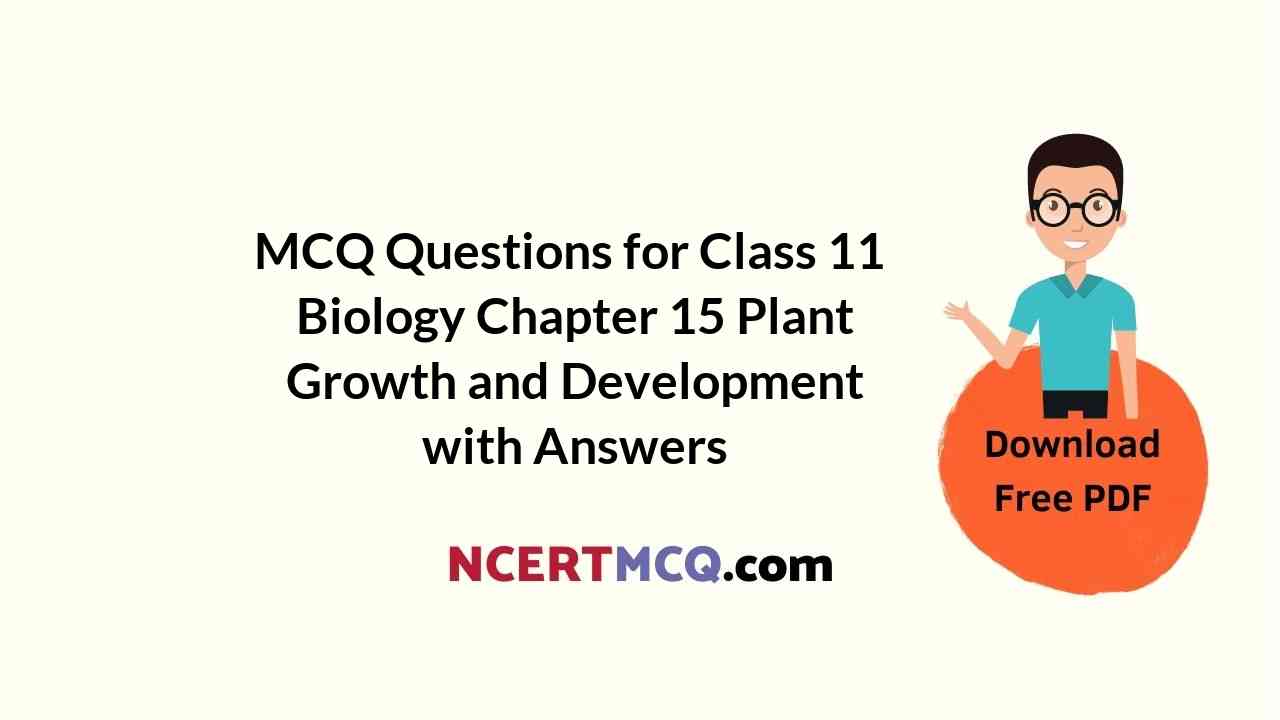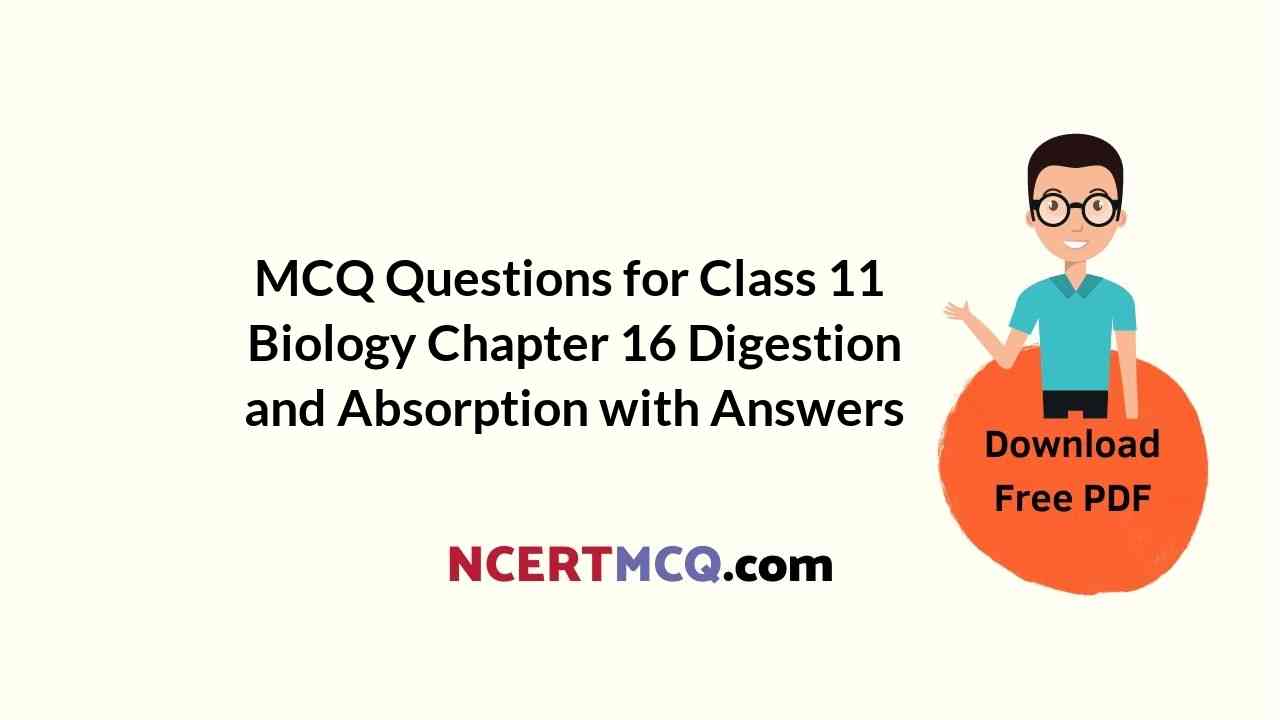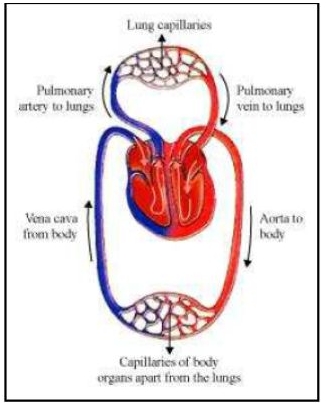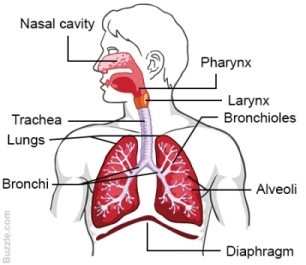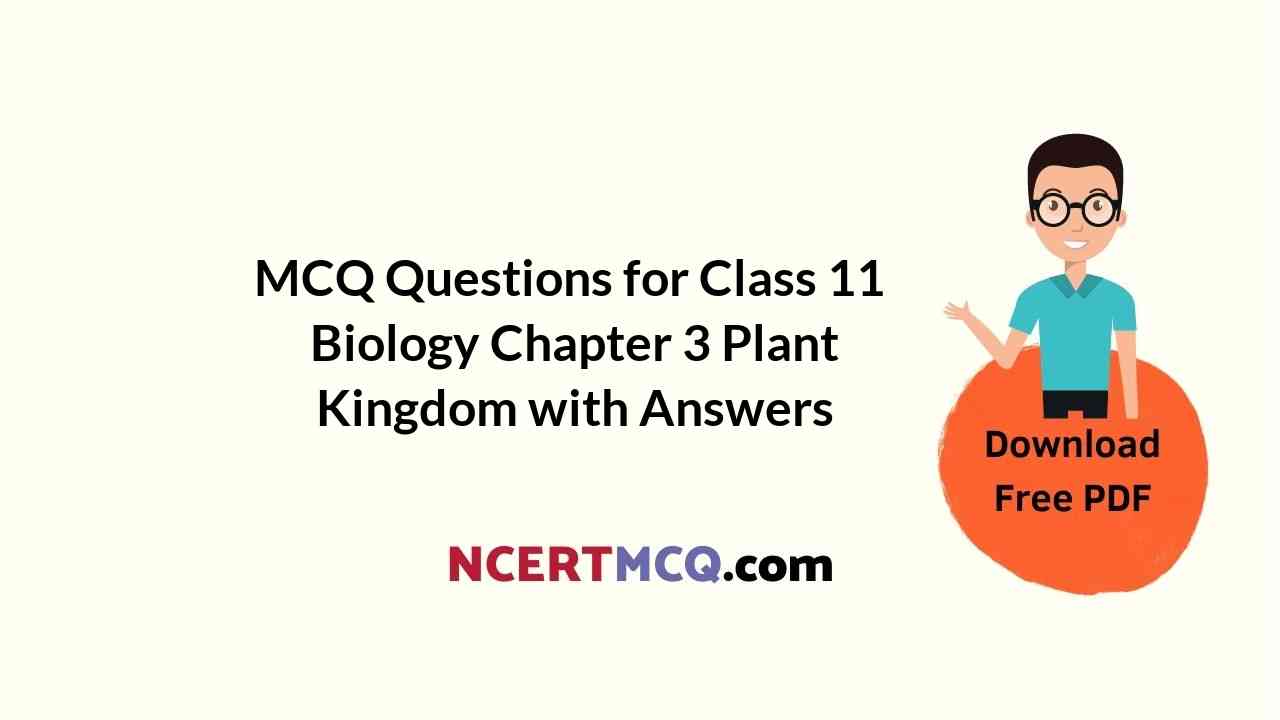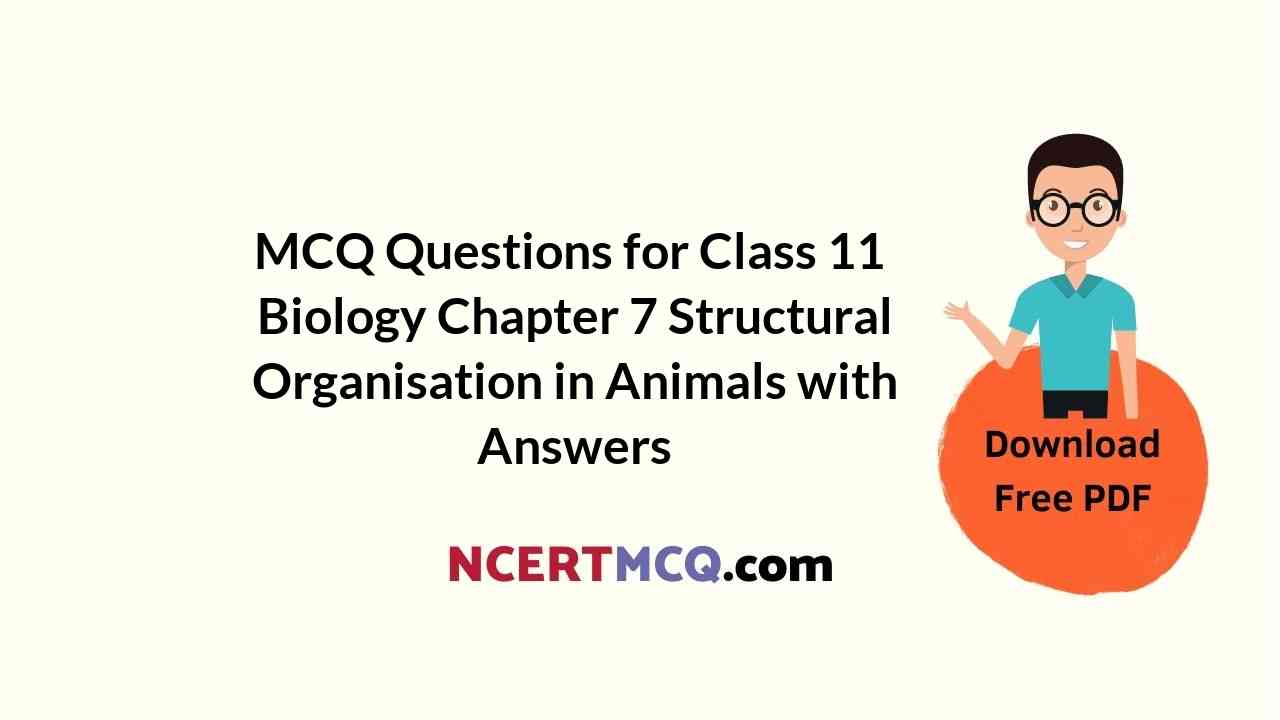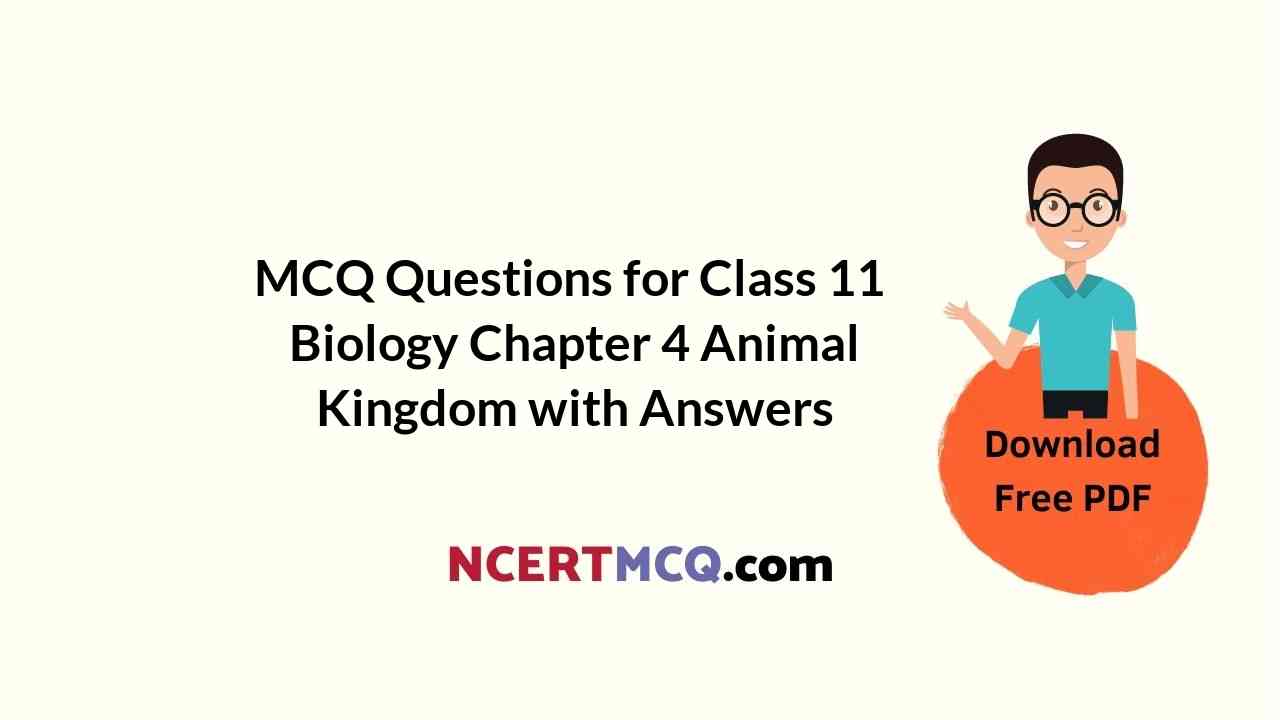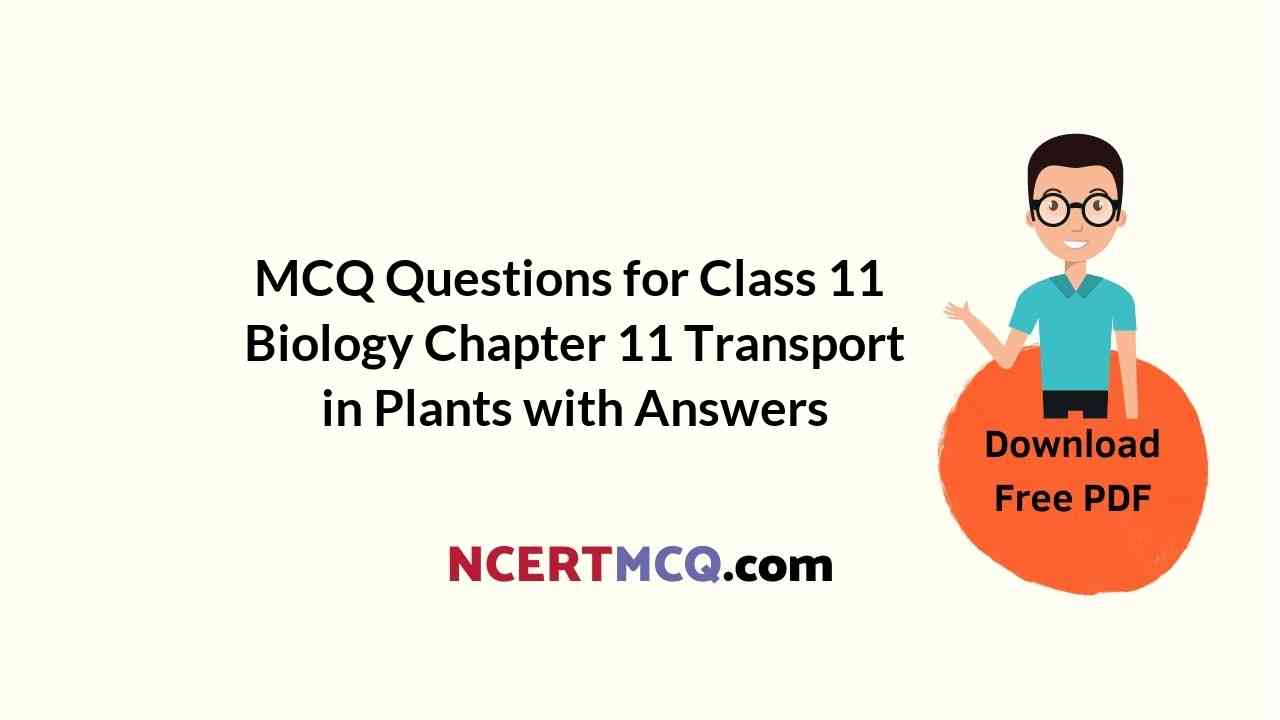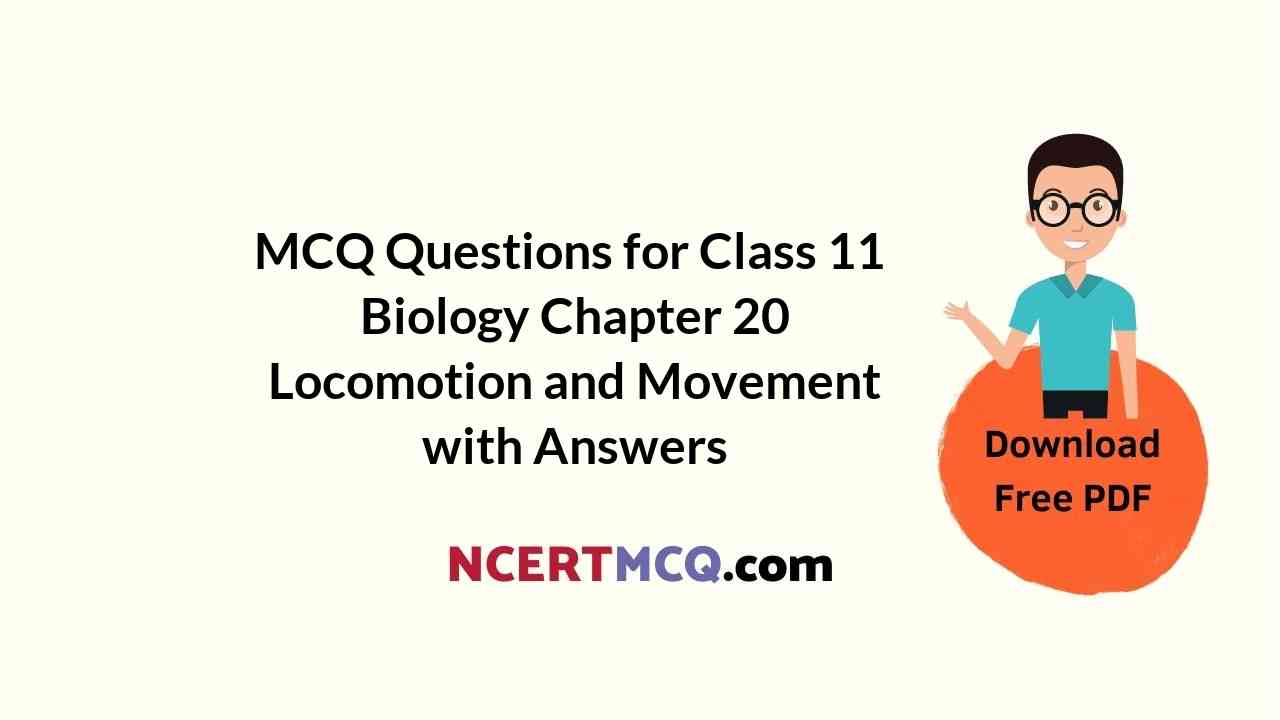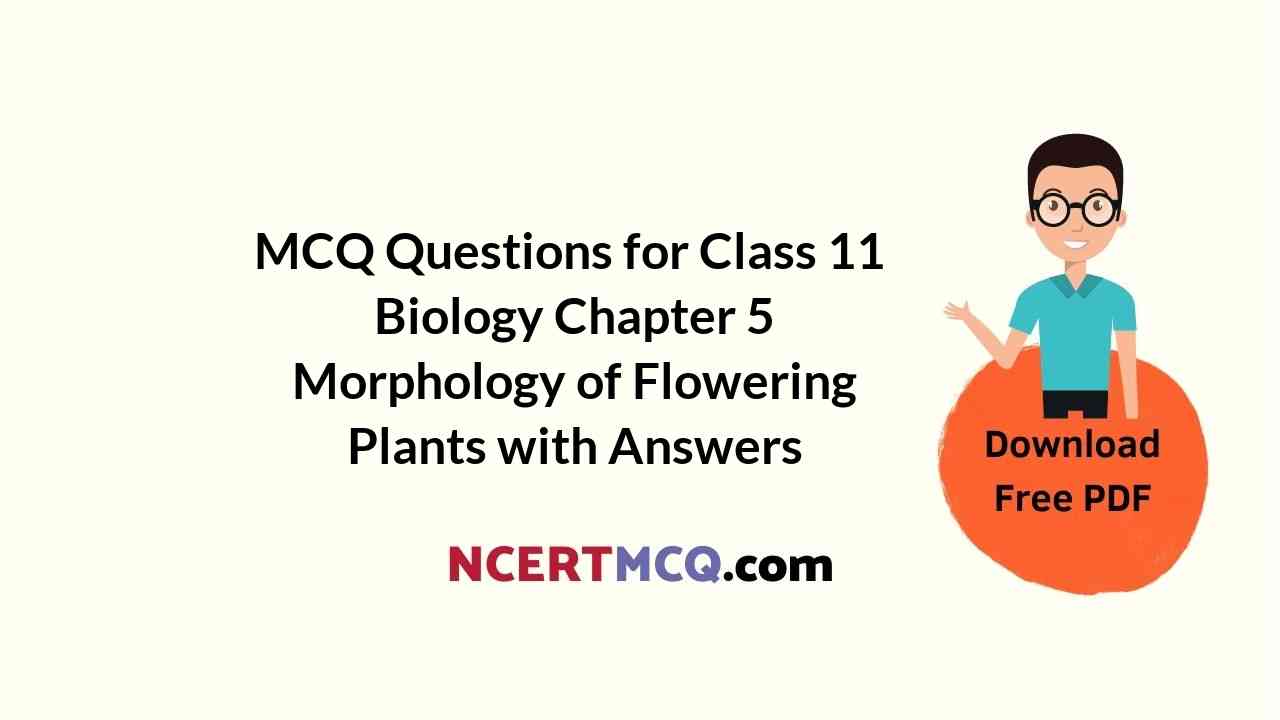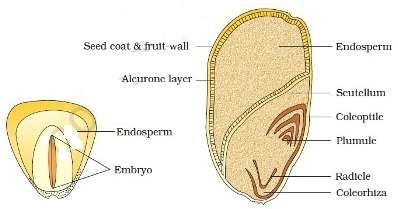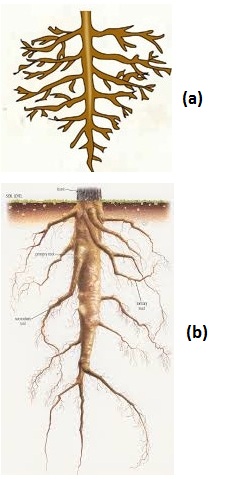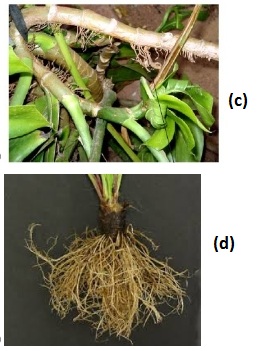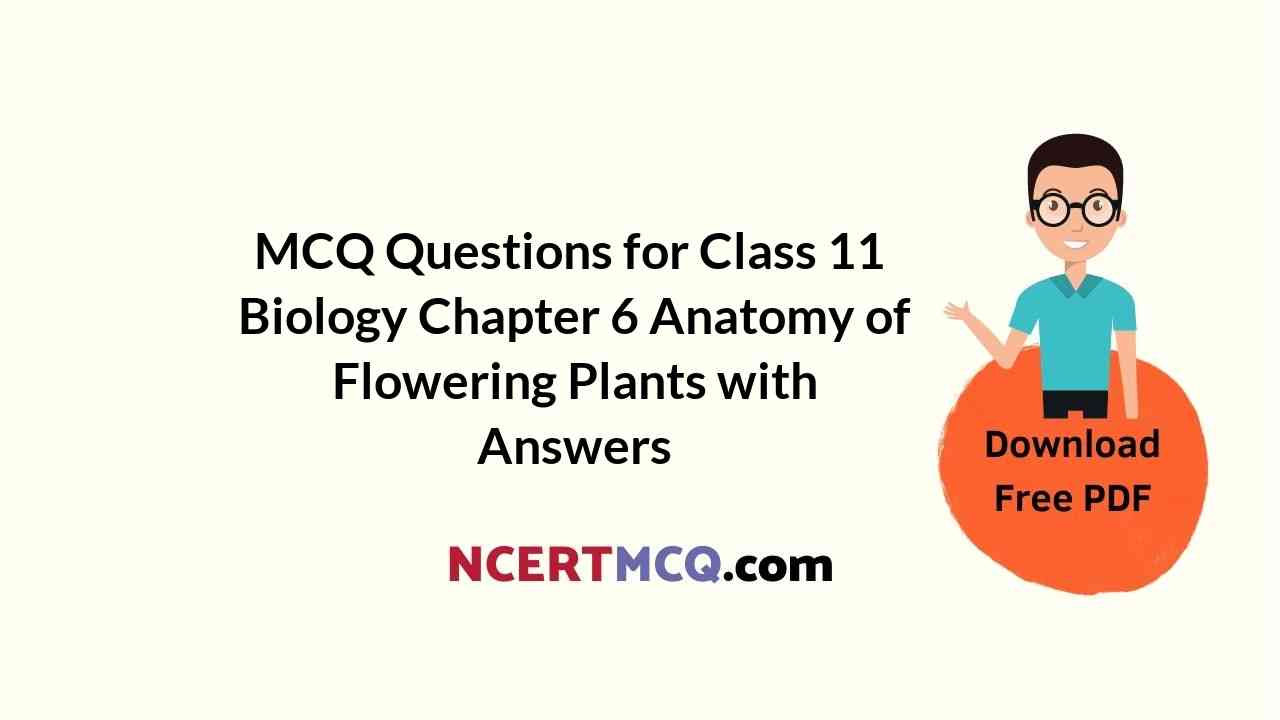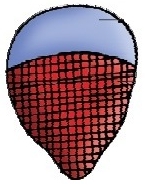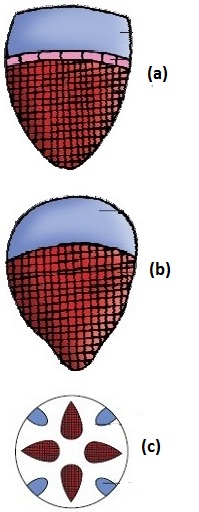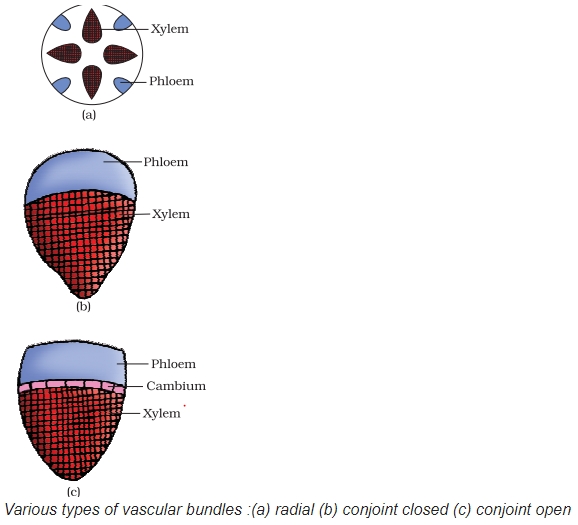Check the below Online Education NCERT MCQ Questions for Class 9 History Chapter 1 The French Revolution with Answers Pdf free download. MCQ Questions for Class 9 Social Science with Answers were prepared based on the latest exam pattern. We have Provided The French Revolution Class 9 History MCQs Questions with Answers to help students understand the concept very well.
Students can also visit the most accurate and elaborate NCERT Solutions for Class 9 Social Science History Chapter 1. Every question of the textbook has been answered here. https://ncertmcq.com/ncert-solutions-for-class-9-social-science-history-chapter-1/
Class 9 Social Science History Chapter 1 MCQ With Answers
History Class 9 Chapter 1 MCQs On The French Revolution
Choose the correct option:
French Revolution Class 9 MCQ Question 1.
Who said: The task of representing the people has been given to the rich?
(a) Mirabeau
(b) Jean-Paul Marat
(c) Rousseau
(d) Georges Denton
Answer
Answer: (b) Jean-Paul Marat
The French Revolution Class 9 MCQ Question 2.
The National Assembly framed a Constitution in 1791 to limit the powers of the
(a) monarch
(b) wealthy man
(c) businessmen
(d) press
Answer
Answer: (a) monarch
Class 9 History Chapter 1 MCQ With Answers Question 3.
Who wrote an influential pamphlet What is the third Estate’?
(a) Mirabeau
(b) Abbe Sieyes
(c) Jean-Paul Marat
(d) Olympe de Gouges.
Answer
Answer: (b) Abbe Sieyes
Class 9 History Chapter 1 MCQ Question 4.
Which group of people did not join the Jacobin club?
(a) Artisans
(b) Shopkeepers
(c) Daily-wage workers
(d) Men with property
Answer
Answer: (d) Men with property
French Revolution MCQ Question 5.
French women demanded the right:
(a) to vote
(b) to be elected to the assembly
(c) to hold political office
(d) all of the above
Answer
Answer: (d) all of the above
The French Revolution Class 9 MCQ With Answers Question 6.
A triangular slave trade took place between Europe, the Americas and:
(a) Africa
(b) Asia
(c) Australia
(d) none of the above
Answer
Answer: (a) Africa
The French Revolution MCQ Question 7.
Upon becoming free, the slave wore:
(a) blue cap
(b) white cap
(c) red cap
(d) green cap
Answer
Answer: (c) red cap

Class 9 French Revolution MCQ Question 8.
Who were not considered ‘passive citizens’?
(a) Women
(b) children
(c) Non-propertied men
(d) wealthy people
Answer
Answer: (d) wealthy people
History Class 9 Chapter 1 MCQ Question 9.
The Third Estate comprised
(a) Poor servants and small peasants, landless labourers
(b) Peasants and artisan
(c) Big businessmen, merchants, lawyers etc.
(d) All the above
Answer
Answer: (d) All the above
History Chapter 1 Class 9 MCQ Question 10.
Which of the following decisions was taken by the convention
(a) Declared France a constitutional monarchy
(b) Abolished the monarchy
(c) All men and women above 21 years got the right to vote
(d) Declared France a Republic
Answer
Answer: (d) Declared France a Republic
Ch 1 History Class 9 MCQ Question 11.
How does a ‘Subsistence Crisis’ happen?
(a) Bad harvest leads to scarcity of grains
(b) Food prices rise and the poorest cannot buy bread
(c) Leads to weaker bodies, diseases, deaths and even food riots
(d) All the above
Answer
Answer: (d) All the above
MCQ Of French Revolution Class 9 Question 12.
Which of the following statements is untrue about the Third Estate
(a) The Third Estate was made of the poor only
(b) Within the Third Estate some were rich and some were poor
(c) Richer members of the Third Estate owned lands
(d) Peasants were obliged to serve in the army, or build roads
Answer
Answer: (a) The Third Estate was made of the poor only
Class 9 History Ch 1 MCQ Question 13.
A guillotine was ____________________
(a) A device consisting of two poles and a blade with which a person was beheaded
(b) A fine sword with which heads were cut off
(c) A special noose to hang people
(d) none of the above
Answer
Answer: (a) A device consisting of two poles and a blade with which a person was beheaded
French Revolution Class 9 MCQ Pdf With Answers Question 14.
The word livres stands for:
(a) unit of currency in France
(b) tax levied by the Church
(c) Tax to be paid directly to the state
(d) none of these
Answer
Answer: (a) unit of currency in France
History Ch 1 Class 9 MCQ Question 15.
What was the ‘Subsistence Crisis’ which occurred frequently in France?
(a) An extreme situation endangering the basic means of livelihood
(b) Subsidy in food grains
(c) Large-scale production of food grains
(d) None of the above
Answer
Answer: (a) An extreme situation endangering the basic means of livelihood
Question 16.
What was ‘Estates General’?
(a) Post of Army General
(b) A political body
(c) Head of all landed property
(d) Advisor of the king
Answer
Answer: (b) A political body
Question 17.
The term ‘Old Regime’ is usually used to describe
(a) France before 1000 B.C.
(b) Society of France after 1789 A.D.
(c) Society and institutions of France before 1789 A.D.
(d) None of the above
Answer
Answer: (c) Society and institutions of France before 1789 A.D.
Question 18.
Which of these books was written by John Locke?
(a) The Spirit of the Laws
(b) Two Treatises on Government
(c) The Social Contract
(d) All the above
Answer
Answer: (b) Two Treatises on Government
Question 19.
In the meeting of the Estates General, the members of the Third Estate demanded that
(a) All the three Estates should have one vote altogether
(c) Each Estate should have one vote
(b) Each member of the three Estates should have one vote
(d) None of the above
Answer
Answer: (a) All the three Estates should have one vote altogether
Question 20.
Who led the representatives of the Third Estate in Versailles on 20th June?
(a) Mirabeau
(b) Abbe Sieyes
(c) Louis XVI
(d) Both a and b
Answer
Answer: (d) Both a and b
Question 21.
Which of these provisions were passed by the Assembly on the night of 4 August, 1789?
(a) Abolition of feudal system of obligations
(b) Clergy had to give up its privileges
(c) Tithes were abolished
(d) All the above
Answer
Answer: (d) All the above
Question 22.
According to the new constitution of 1791, the National Assembly was to be
(a) Elected directly
(b) appointed by the king
(c) elected indirectly
(d) a hereditary body
Answer
Answer: (c) elected indirectly
Question 23.
Which of these rights were not established as ‘natural and inalienable’ rights by the constitution of 1791?
(a) Right to life
(b) Freedom of speech and opinion
(c) Equality before the law
(d) All the above
Answer
Answer: (d) All the above
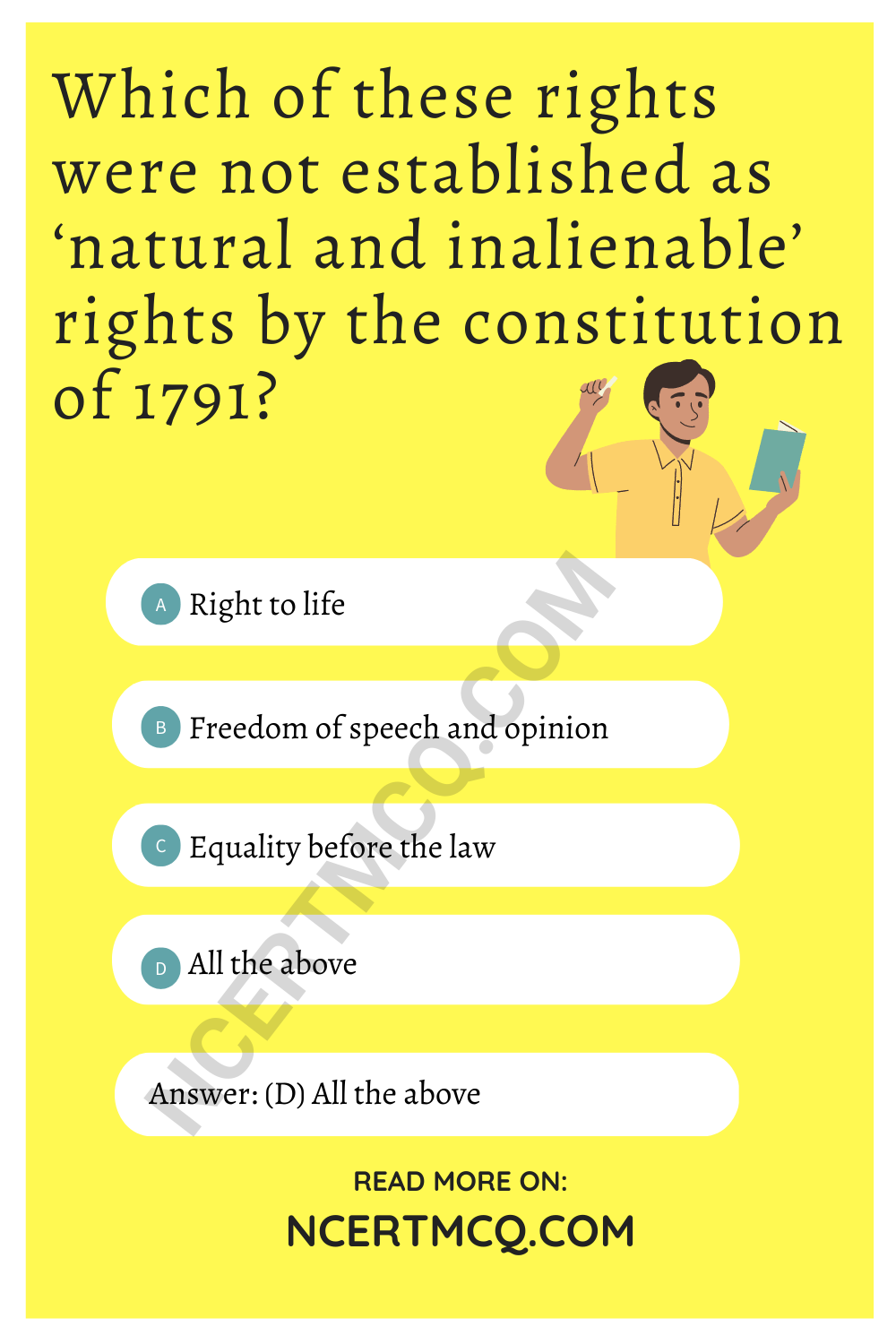
Look at the following symbols. What did they stand for?
Answer
Answer:
- The broken chain – It stands for the act of becoming free.
- The bundle of rods or fasces – stands for unity.
- The eye within a triangular radiating light – The eye stands for knowledge and the rays of the sun will drive away the clouds of ignorance.
- Sceptre – stands of royal power.
- Snake biting its tail to form a ring – stands for eternity.
- The red Phrygian cap – stands for freedom.
- Blue-White-Red – stand for national colours of France.
- The winged woman – stands for personification of the law.
- The law tablet – conveys that the law is the same for all and all are equal before it.
We hope the given NCERT MCQ Questions for Class 9 History Chapter 1 The French Revolution with Answers Pdf free download will help you. If you have any queries regarding The French Revolution CBSE Class 9 History MCQs Multiple Choice Questions with Answers, drop a comment below and we will get back to you soon.
Class 9 Social Science History:
- The French Revolution Class 9 MCQ
- Socialism in Europe and the Russian Revolution Class 9 MCQ
- Nazism and the Rise of Hitler Class 9 MCQ
- Forest Society and Colonialism Class 9 MCQ
- Pastoralists in the Modern World MCQ
- Peasants and Farmers Class 9 MCQ
- History and Sport The Story of Cricket Class 9 MCQ
- Clothing A Social History Class 9 MCQ

